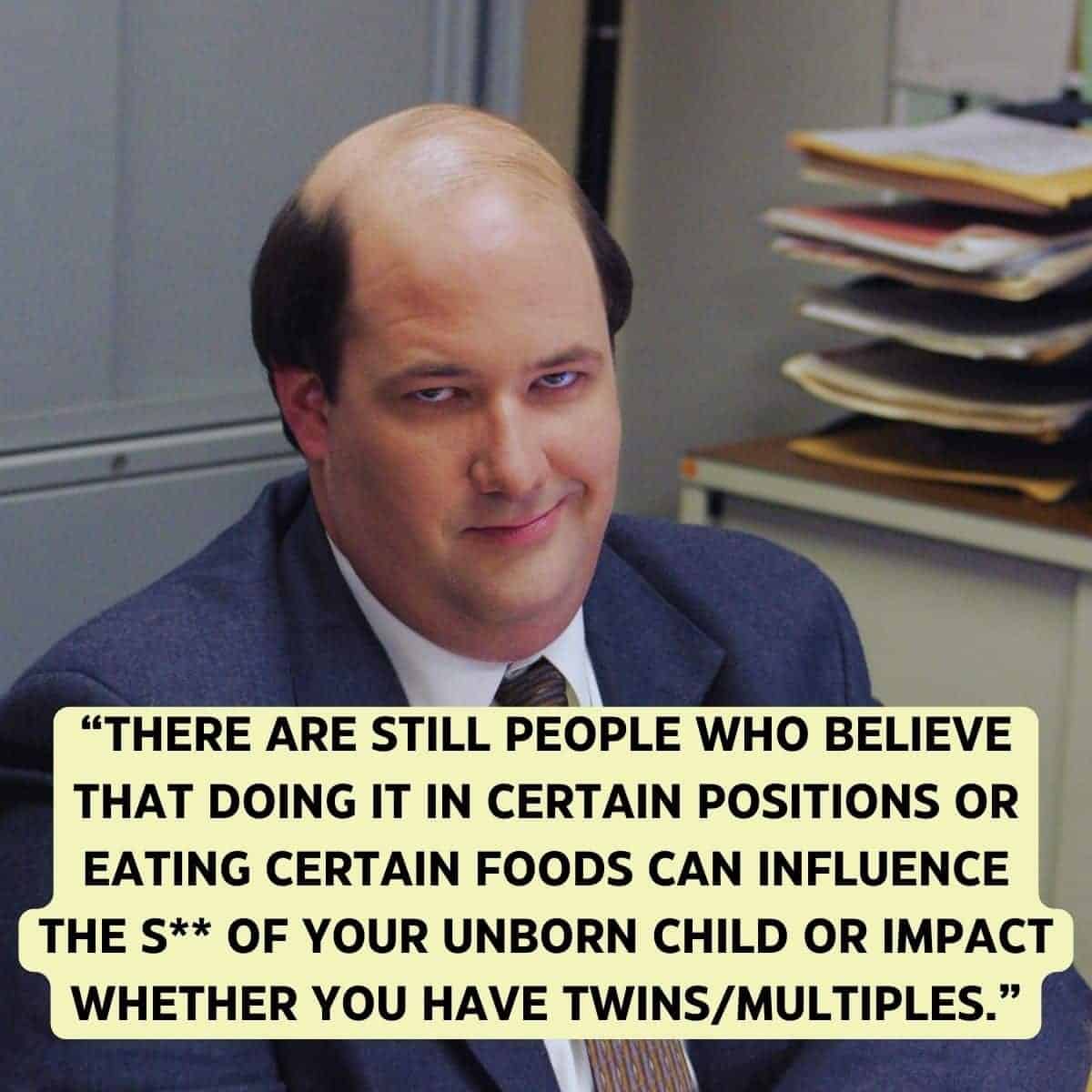Infant Communication
Amidst a plethora of old wives’ tales and cultural customs tied to these concepts, it’s essential to recognize their lack of scientific support; a baby’s sex is determined by chance, while the probability of having twins or multiples is primarily influenced by genetic factors and maternal age, rather than specific sexual positions or dietary habits during conception. While these myths can spark discussions and add a hint of intrigue to the topic, it’s crucial to underscore the significant role played by genetics and chance in shaping these outcomes, reminding parents-to-be that the gender of their child and the possibility of multiple births are beyond their control and should not overshadow the unconditional love and care they will provide for their baby regardless of its sex or birth circumstances.

Despite the enduring popularity of these myths, especially in the realm of conception and pregnancy, relying on factual information and scientific understanding can empower individuals to make informed decisions and foster a deeper understanding of the natural processes involved in human reproduction. This can ultimately promote healthier attitudes towards childbirth and parenting.